
For those who love shrubs and leafy climbers, robust and with spectacular flowering, we bring here, in this article about the different types of jasmine that we can find to decorate and give a wild and magical air to our garden.
These small flowers of exquisite aroma will delight all those who seek to provide their homes with a different space full of life. This is one of our favorite plants so we hope you enjoy this selection and that you are encouraged to get one to enjoy its spectacular results. Here is the description of 9 types of jasmine.
Jasminum officinale or common jasmine
The common jasmine, also known colloquially as white jasmine is one of the most cultivated species. It consists of bouquets of white flowers and very perfumed ideal for planting both soil and pot.
Jasminum officinale needs regular watering and an annual pruning to improve its growth and flowering. It prefers areas with sun and cannot stand frost well. This species is used for infusions thanks to its properties against anxiety and stress.
Solanum jasminoides or false jasmine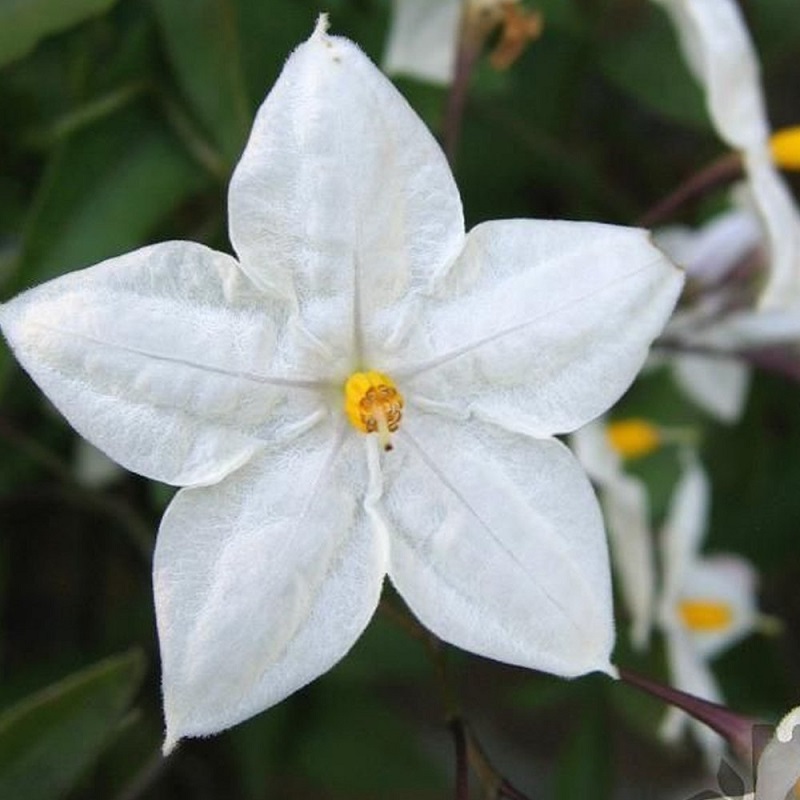
This evergreen climbing shrub withstands temperature changes, so we will not have to protect it from frost, as with other types of jasmine. Their stems can reach up to five meters long and their leaves are dark green. The period of flowering of the false jasmine begins in spring with groups of terminal flowers of lilac, bluish or white.
Gardenia jasminoide or Cape Jasmine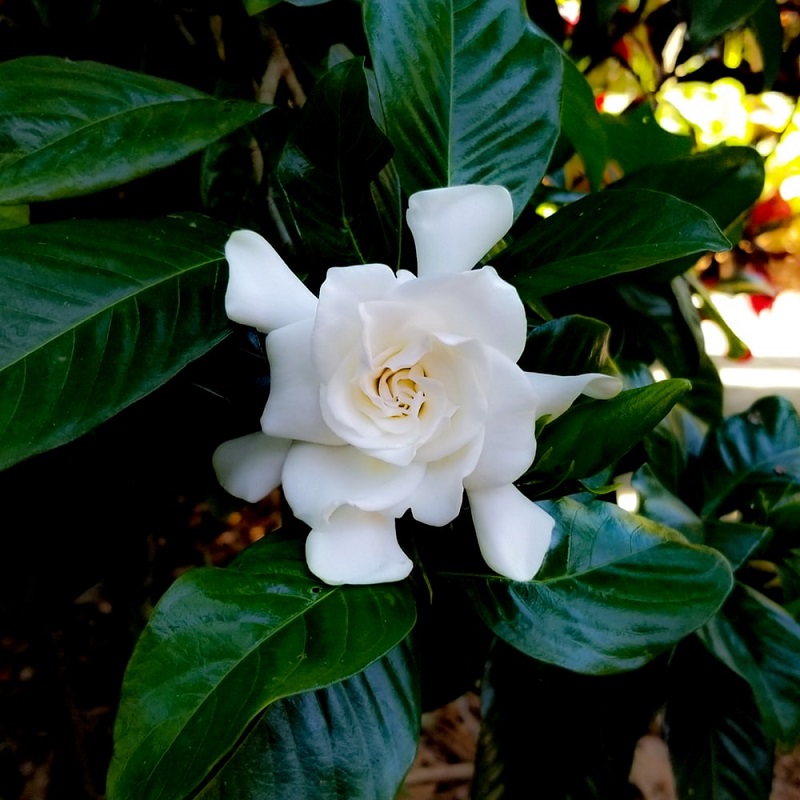
This bush type jasmine is one of the most used for indoor growing. Very recognizable thanks to its large solitary flowers, because they are more isolated than in other types of jasmine that are in bouquets, which are white and perfumed. This plant, in addition, has medium-sized and elongated leaves. Its flowering time is in summer. The cape jasmine prefers acidic soils and a humid environment so requires constant irrigation.
Trachelospermum jasminoides or star jasmine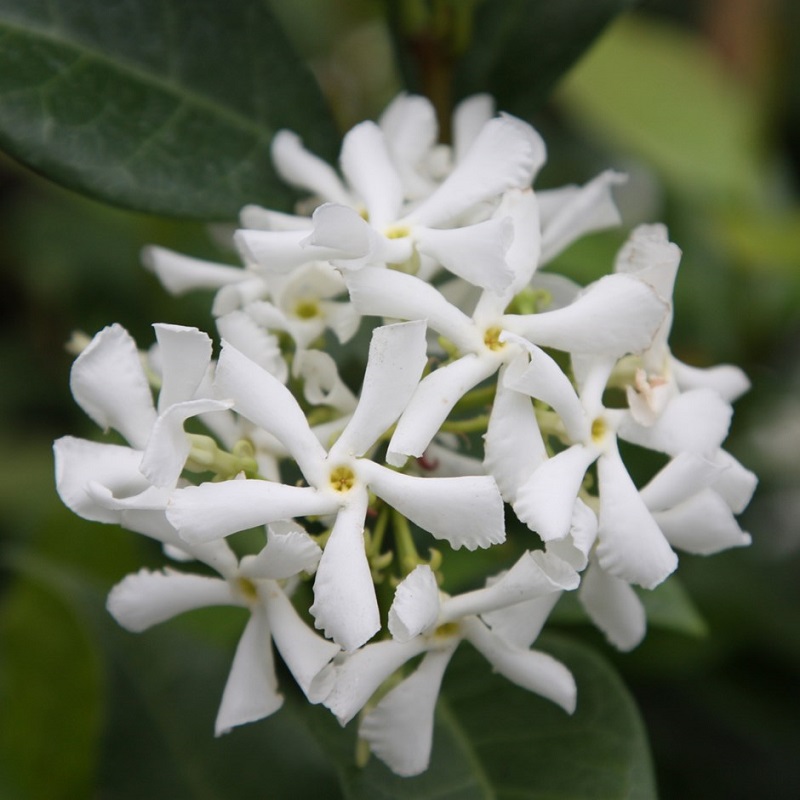
It is also known as milk jasmine and also as others, false jasmine. It comes from East Asia, specifically from China and Japan. This jasmine with woody stems and bright leaves is found within the types of climbing jasmine, widely used to cover lattices and decorate walls for its abundant and perfumed flowering. Prefers the sunny areas or with semi-shade to grow and agrees, with the arrival of frost protect them as much as possible.
Jasminum azoricum or jasmine of the Azores
This jasmine also belongs to the types of climbing jasmine. Its leaves are perennial and its white flowers are star-shaped and very aromatic. Its flowering season occurs in spring and prefers sunny areas. The jasmine of the Azores does not resist frost well, so it is recommended to protect it from the cold. It is also highly recommended to use guides during their growth to give more rigid support until the stems are more woody.
Jasminum nudiflorum or yellow jasmine
Originally from Tibet, this species of jasmine is very easy to recognize thanks to its six-petalled flowers and its intense yellow color. Unlike most jasmine, yellow jasmine does not emit any odor. It is easy to maintain since it does not require constant watering and prefers sunny sites to grow. Another species commonly known in many places as yellow jasmine is the so-called Jasminum mesnyi and is endemic to China.
Jasminum grandiflorum or royal jasmine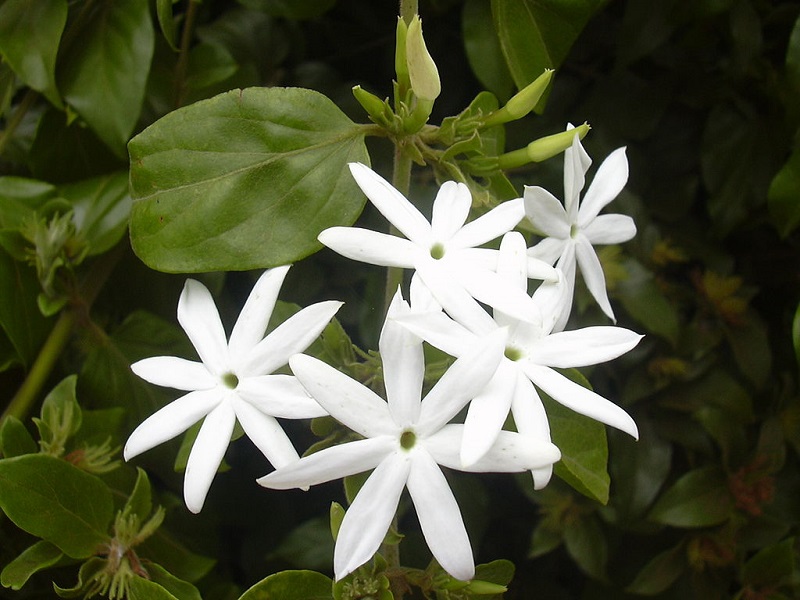
Another type of jasmine creeper is the royal jasmine, one of the best known and used. Coming from Arabia, it is also known as Spanish jasmine and is perennial. In addition, it can reach up to ten meters high and its flowers up to five centimeters. With a long period of flowering that starts in summer and reaches early winter with white flowers and very fragrant. It is a species quite resistant to droughts.
Jasmine polyanthum or Chinese jasmine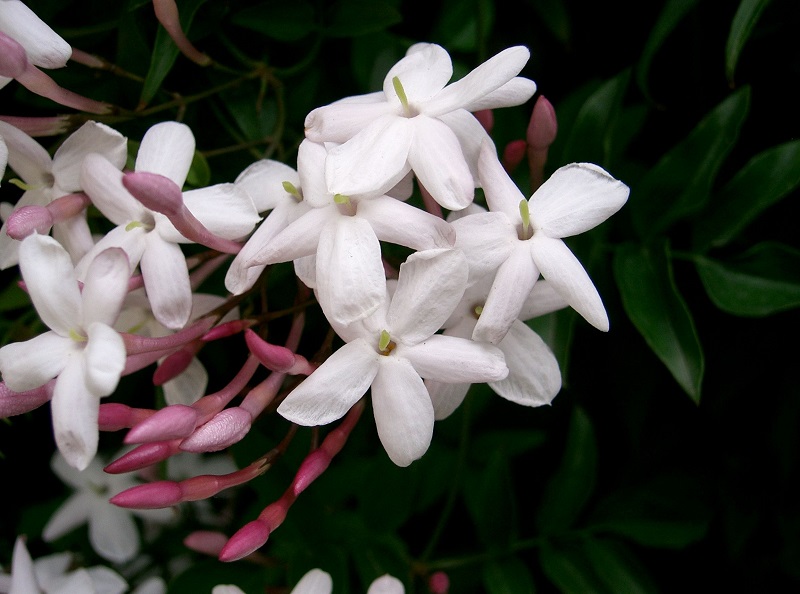
From China, hence its common name belongs to the climber-type jasmine that can reach up to five meters in height. Its leaves are dark green and its stem is thin. Widely used to cover pergolas, walls and other surfaces, it has a spectacular flowering in spring. These have the colors of jasmine and a pleasant aroma. About the cultivation of jasmine of this type, you should take into account that the Chinese jasmine prefers moist and semi-shade areas. It can also be planted in a pot.
Stephanotis floribunda or Jasmine from Madagascar
To finish we talk about Madagascar jasmine, which has some flowers different from the rest. It is a type of jasmine with long leaves and something broad and intense green. Its flowers are white, very perfumed and larger than those of other species and somewhat elongated, with a slightly flared shape. This plant blooms in spring and the flowers can last until autumn if it is a good weather zone.





